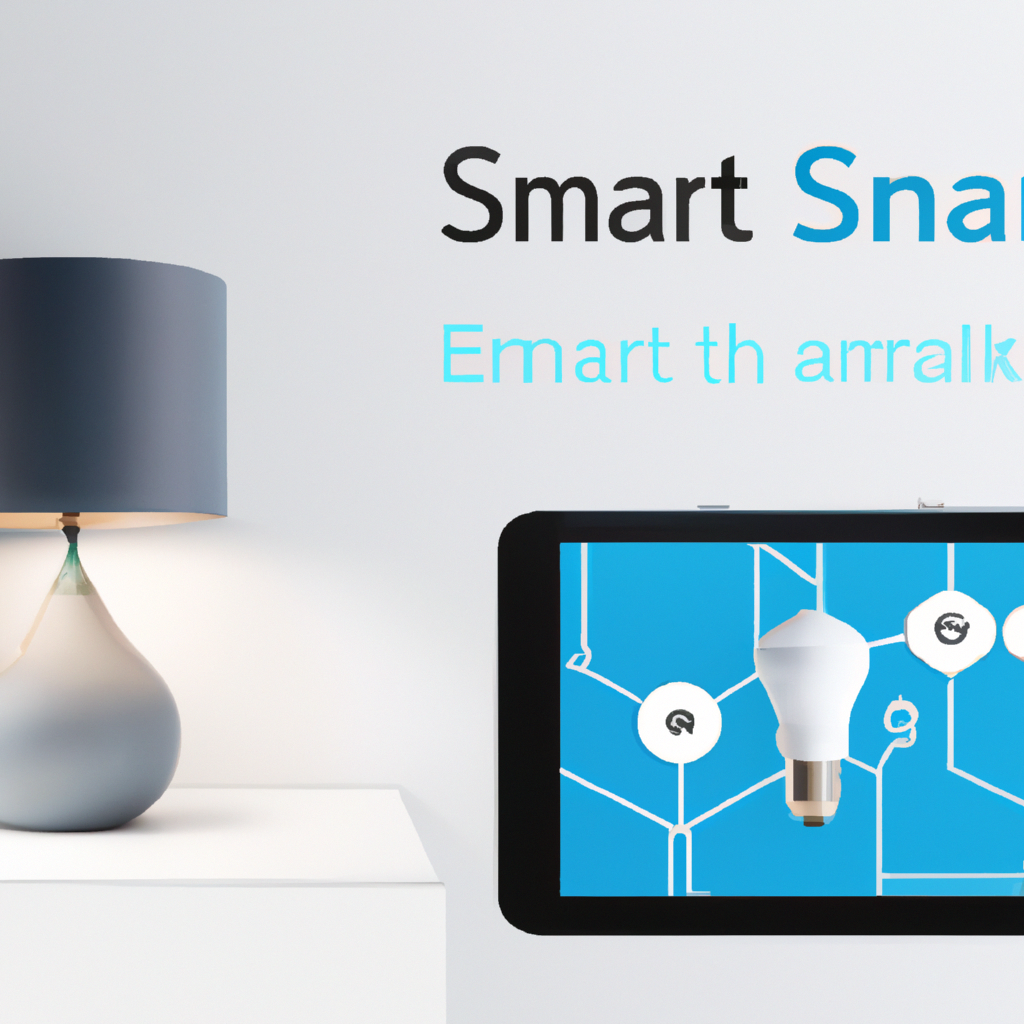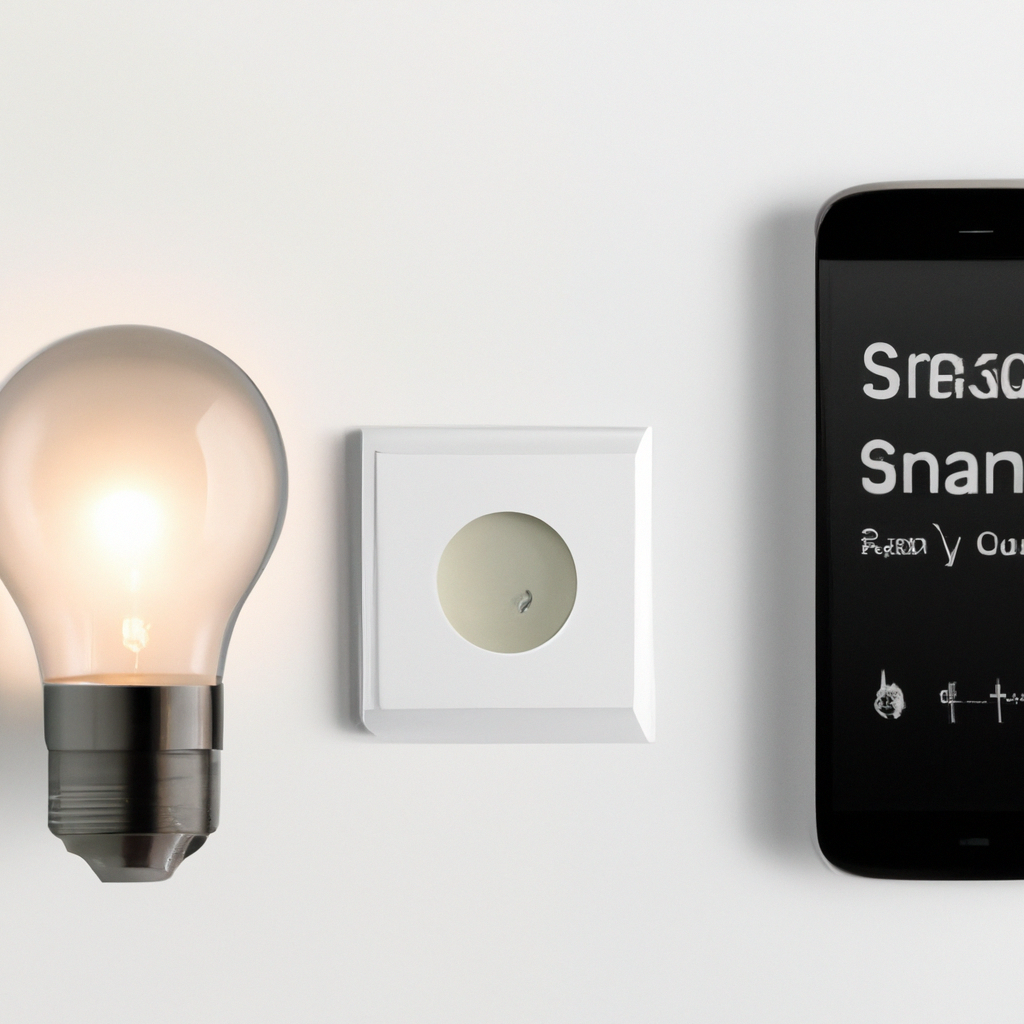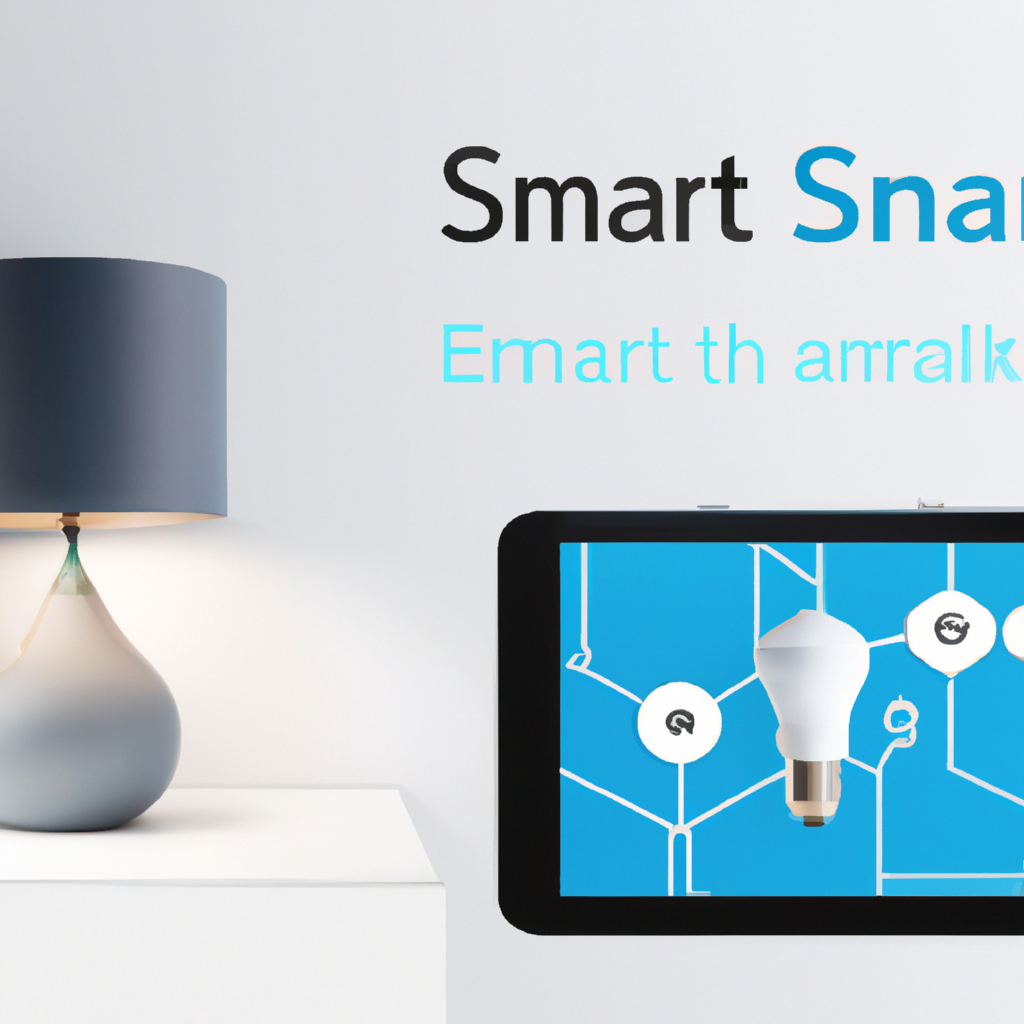Have you ever wondered if you can integrate your smart lights with other smart home devices, such as thermostats? Well, the answer is a resounding yes! With the advancements in technology, it’s now easier than ever to create a seamless smart home experience by connecting different devices together. By integrating your smart lights with thermostats, you can enjoy various benefits, including energy-saving features, enhanced convenience, and increased control over your home’s ambiance. In this article, we will explore the possibilities of integrating smart lights with other smart home devices and how it can elevate your living space to a whole new level. So, let’s dive in and uncover the exciting world of smart home integration!

Smart Lights and Smart Home Devices
Understanding the capabilities of smart lights and smart home devices
Smart home technology has become increasingly popular in recent years, and smart lights are one of the key components of this innovative ecosystem. These intelligent lighting solutions offer a host of benefits, allowing you to control and customize your home lighting like never before. But what about integrating smart lights with other smart home devices, such as thermostats? In this article, we will explore the possibilities and advantages of integrating smart lights with thermostats, and how this integration can enhance your overall smart home experience.
Compatibility between Smart Lights and Thermostats
Exploring the compatibility of smart lights and thermostats
Before delving into the advantages of integrating smart lights with thermostats, it is essential to understand the compatibility between these two devices. While different smart lights and thermostats may have varying levels of compatibility, many smart lighting manufacturers design their products to seamlessly integrate with popular thermostat brands. This compatibility ensures that you can enjoy full control over both your lighting and temperature settings from a single interface or platform.
Considerations for integrating smart lights and thermostats
When considering the integration of smart lights and thermostats, there are a few factors to keep in mind. Firstly, it is important to check the compatibility of your existing smart home devices. While most modern smart lights and thermostats offer compatibility with popular platforms, it is always wise to double-check before making a purchase. Additionally, you should consider the automation capabilities of both devices. Look for smart lights and thermostats that offer robust automation features to maximize the benefits of integration.
Integration Options
Assessing different integration options for smart lights and thermostats
Integrating smart lights and thermostats can be achieved through various methods, depending on your preferences and existing setup. Three popular integration options include hub-based integration, cloud-based integration, and voice assistant integration.
Hub-based integration
Hub-based integration involves connecting your smart lights and thermostats to a central hub that acts as a control center for your entire smart home ecosystem. This hub serves as a bridge between different devices, allowing them to communicate and work together seamlessly. By integrating your smart lights and thermostats through a hub, you can centralize control and manage all your devices from a single app or interface.
Cloud-based integration
Cloud-based integration, on the other hand, relies on internet connectivity to synchronize your smart lights and thermostats. In this setup, both devices communicate with their respective manufacturers’ cloud servers, enabling you to control them remotely and enjoy features such as real-time status updates and energy usage reports. Cloud-based integration offers flexibility and convenience, as you can access and control your devices from anywhere with an internet connection.
Voice assistant integration
With the rise of voice assistants like Amazon Alexa and Google Assistant, integrating smart lights and thermostats has become even more effortless. Voice assistant integration allows you to control your lighting and temperature settings using simple voice commands. By pairing your smart lights and thermostats with a compatible voice assistant, you can experience hands-free control and enjoy the convenience of adjusting your home’s ambiance without even lifting a finger.
Benefits of Integrating Smart Lights with Thermostats
Enhancing energy efficiency and cost savings
One of the significant benefits of integrating smart lights with thermostats is the potential for enhanced energy efficiency and cost savings. By syncing your lighting and temperature settings, you can create automated routines that optimize energy usage based on occupancy and time of day. For example, you can set your smart lights to turn off automatically when the thermostat detects that no one is at home, reducing unnecessary energy consumption.
Optimizing comfort and convenience
Integrating smart lights with thermostats also allows for optimized comfort and convenience. With synchronized control, you can create personalized lighting and temperature schedules that align with your daily routine. Imagine waking up to a gently lit bedroom and a warm, cozy temperature without having to adjust multiple settings manually. By combining these two smart home devices, you can create a seamlessly comfortable environment tailored to your preferences.
Streamlining home automation
Integrating smart lights and thermostats streamlines the overall home automation experience. With a centralized hub or platform, you can create customized automation routines that involve both lighting and temperature adjustments. For example, you can program your smart lights to gradually dim as your thermostat lowers the temperature at bedtime, creating a soothing ambiance and promoting better sleep. This level of automation simplifies your daily routine and adds an element of sophistication to your smart home setup.

Setting Up Integration
Steps for setting up integration between smart lights and thermostats
Setting up integration between smart lights and thermostats may seem daunting, but it can be easily accomplished by following a few straightforward steps.
1. Determine compatibility
Before purchasing any smart lights or thermostats, ensure that they are compatible with each other and with your chosen integration method, whether it be hub-based, cloud-based, or voice assistant integration. Consult product specifications, manufacturer websites, or reach out to customer support to confirm compatibility.
2. Choose a compatible hub or platform
If opting for hub-based integration, choose a compatible hub or control platform that supports both your smart lights and thermostats. Research different options available in the market and select the one that best suits your needs. Consider factors such as ease of use, support for multiple devices, and additional features like automation and voice control.
3. Connect smart lights and thermostats to the hub or platform
Follow the manufacturer’s instructions to connect your smart lights and thermostats to the chosen hub or platform. This typically involves linking the devices using Wi-Fi or Bluetooth connectivity and configuring the necessary settings within the hub’s companion app.
4. Configure automation and routines
Once your smart lights and thermostats are connected, take advantage of the automation capabilities offered by your chosen integration method. Set up automated routines that synchronize the behavior of your devices, such as turning off lights when the thermostat is set to Away mode or adjusting lighting based on the time of day. Experiment with different combinations and fine-tune the settings to optimize your home’s ambiance and energy usage.
Automation and Customization
Exploring automation possibilities with smart lights and thermostats
When it comes to integrating smart lights with thermostats, automation holds the key to unlocking the full potential of these devices. By leveraging automation features, you can create customized lighting and temperature schedules that cater to your unique lifestyle and preferences.
Creating personalized lighting and temperature schedules
With integrated smart lights and thermostats, you can create personalized schedules that align with your daily routine. For example, you can program your smart lights to gradually brighten in the morning to simulate a natural sunrise, helping you wake up feeling refreshed. Similarly, you can adjust your thermostat to increase the temperature a few degrees before you arrive home in the evening, ensuring a comfortable environment from the moment you step through the door.
Triggering actions based on occupancy or time of day
Automation also allows you to trigger actions based on occupancy or the time of day. For instance, you can set your smart lights to turn off automatically when no motion is detected in a room for a specified period, saving energy when the space is unoccupied. You can also schedule your thermostat to reduce the temperature during nighttime hours when everyone is typically asleep, optimizing energy usage without sacrificing comfort.

Possible Integration Scenarios
Examples of how smart lights can be integrated with thermostats in different scenarios
The integration of smart lights and thermostats opens up a world of possibilities for creating a truly smart and connected home. Let’s explore a few examples of how these devices can work together seamlessly to enhance your everyday life.
1. Adjusting lighting based on thermostat settings
By integrating your smart lights with your thermostat, you can create a dynamic lighting environment that adjusts based on the temperature settings. For instance, during colder months, you can program your lights to emit a warm, cozy glow to complement the higher thermostat settings.
2. Coordinated automation for energy efficiency
Integrating smart lights and thermostats enables coordinated automation for enhanced energy efficiency. For example, your smart lights can automatically turn off when you activate the “Away” mode on your thermostat, ensuring you never leave lights on unnecessarily and wasting energy.
3. Voice-controlled lighting and temperature settings
With voice assistant integration, you can take control of your lighting and temperature settings using simple voice commands. Imagine walking into your living room and saying, “Hey Google, set the lights to movie mode and lower the temperature,” and instantly creating the perfect ambiance for your movie night.
Considerations and Limitations
Factors to consider before integrating smart lights with thermostats
While integrating smart lights with thermostats offers numerous benefits, there are a few factors to consider before diving into this integration.
Potential limitations and compatibility issues
Compatibility is crucial when integrating smart lights and thermostats. Not all devices may work seamlessly together, so thoroughly research the compatibility between your chosen smart lights and thermostats before making a purchase. Ensure that the devices are designed to interact with each other and have a track record of successful integration.
Security and privacy concerns
As with any smart home device, it is important to address security and privacy concerns when integrating smart lights and thermostats. Ensure that both your chosen lights and thermostats have adequate security measures in place, such as encrypted communication and frequent firmware updates. Additionally, be mindful of the data collected by these devices and review their privacy policies to understand how your information is being handled.

Future of Smart Home Integration
Emerging trends in smart home integration
The world of smart home integration is continually evolving, with new trends and advancements shaping the future of this technology.
Advancements in interoperability
Interoperability, or the ability of different devices and platforms to work together seamlessly, is a crucial area of development in smart home integration. As manufacturers continue to prioritize interoperability, the integration process between smart lights and thermostats will become even more effortless, allowing for seamless communication and control.
Expanding options for seamless integration
In the future, we can expect to see an expanding range of options for seamless integration between smart lights and thermostats. Manufacturers are likely to develop more streamlined integration methods, eliminating compatibility issues and simplifying the setup process. This will make it easier for homeowners to create a truly interconnected smart home environment.
Conclusion
Summary of the benefits and considerations of integrating smart lights with thermostats
Integrating smart lights with thermostats can significantly enhance your smart home experience, providing benefits such as enhanced energy efficiency, optimized comfort, and streamlining home automation. By choosing compatible devices and following the proper setup process, you can seamlessly synchronize your lighting and temperature settings, creating a connected and personalized environment.
However, it is essential to consider factors such as compatibility, security, and privacy before integrating smart lights with thermostats. By staying informed and selecting reputable devices, you can confidently enjoy the benefits of this integration without compromise.
If you’re considering expanding your smart home setup, exploring the possibilities of integrating smart lights with thermostats is certainly worth your while. With the future of smart home integration looking promising, there has never been a better time to embrace the convenience and innovation offered by these advanced technologies.











